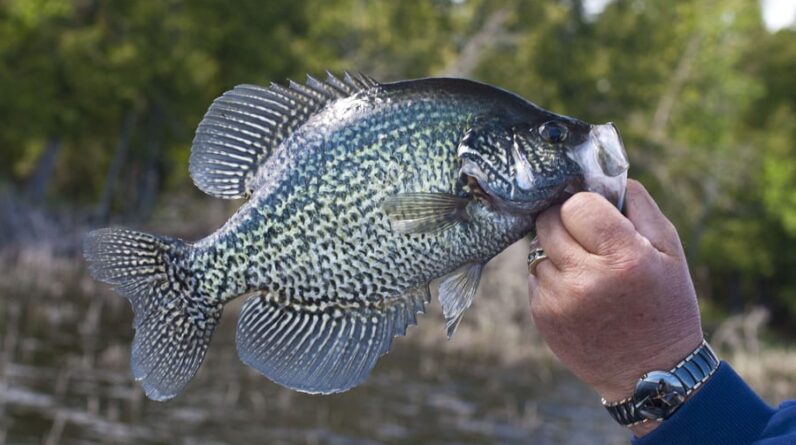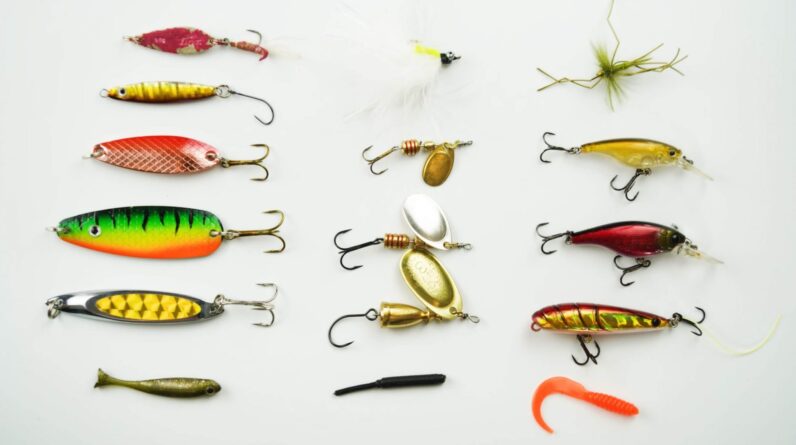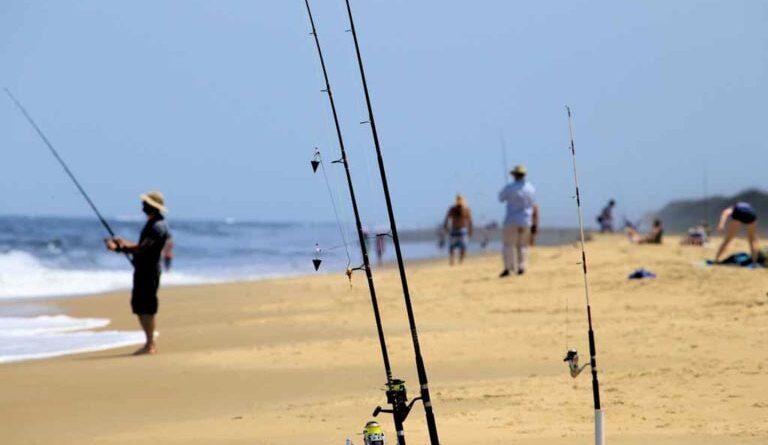Top 10 Fishing Knots Every Angler Must Master: Fishing is more than just casting a line into the water—it’s an art, a science, and for many, a lifelong passion. But no matter how expensive your rod, reel, or lures are, your success often boils down to one simple yet crucial skill: tying strong and reliable fishing knots.
Fishing knots are the unsung heroes of angling. They hold your line to the hook, connect leaders to your mainline, and allow lures to move naturally in the water. A poorly tied knot can be the difference between landing the trophy fish of your dreams or losing it right at the boat. That’s why mastering fishing knots is one of the first and most important steps every angler must take.
In this comprehensive guide crafted by the experts at Cheerfulfisherman.com, we’ll dive into the Top 10 Fishing Knots Every Angler Must Master. This resource goes beyond simple tutorials — we’ll cover each knot’s practical uses, step-by-step tying instructions, variations, strengths, and weaknesses, along with insider pro tips to help you tie them perfectly every time. Whether you’re a beginner just learning the ropes or a seasoned angler looking to refine your technique, this guide ensures you’re always prepared on the water. Mastering these knots can make the difference between landing your dream catch or losing it, so let’s get started.
Why Learning Fishing Knots Matters
Before diving into the top knots, let’s understand why fishing knots are so vital:
- Strength and Security – A well-tied knot ensures your line won’t slip under pressure, even when fighting large fish.
- Versatility – Different knots serve different purposes, from attaching hooks and swivels to connecting lines of varying materials.
- Efficiency – Knowing which knot to use saves time and avoids frustration when re-rigging on the water.
- Fish Presentation – Some knots allow lures and baits to move more naturally, increasing your chances of a strike.
Simply put, knots are the foundation of fishing. Without them, your setup would fall apart.
The Top 10 Fishing Knots Every Angler Must Master
1. The Improved Clinch Knot
The Improved Clinch Knot is perhaps the most widely used fishing knot in the world. It’s simple, quick, and effective for tying hooks, lures, and swivels to monofilament or fluorocarbon lines.
Best For: Attaching hooks, lures, or swivels to light and medium lines.
Not Ideal For: Braided line (it can slip).
How to Tie It:
- Thread the line through the hook’s eye.
- Wrap the tag end around the standing line 5–7 times.
- Pass the tag end through the small loop just above the eye.
- Bring the tag end back through the big loop created.
- Moisten the knot and pull tight.
Pro Tip: Always wet the line before tightening to reduce friction and prevent weakening the knot.
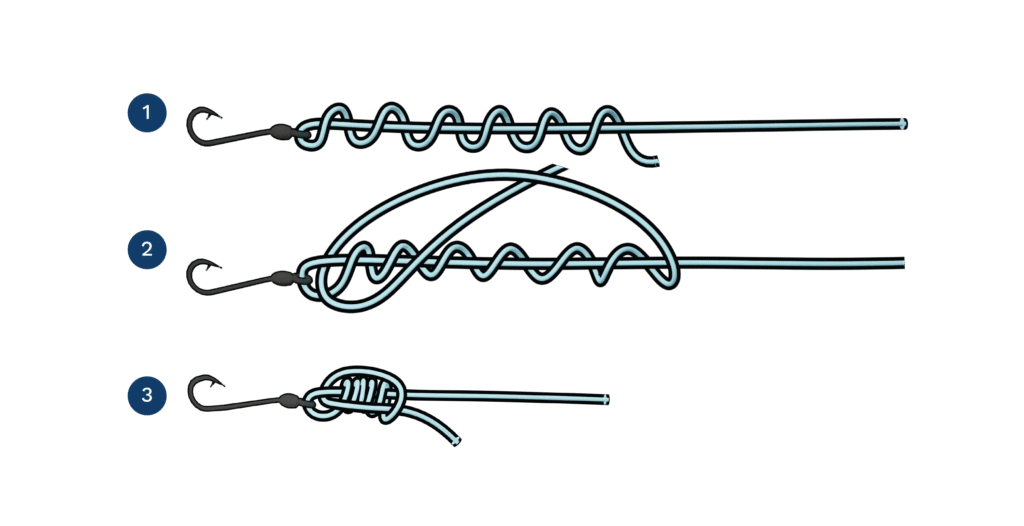
2. The Palomar Knot
The Palomar Knot is known for its incredible strength and simplicity. It works well with braided lines, making it a favorite among bass anglers and saltwater fishermen alike.
Best For: Braided lines, heavy fish, lures, and hooks.
Not Ideal For: Very small hook eyes.
How to Tie It:
- Double about 6 inches of line and pass it through the eye of the hook.
- Tie a loose overhand knot with the doubled line.
- Pass the hook or lure through the loop.
- Moisten and pull both the standing line and tag end to tighten.
Pro Tip: The Palomar retains almost 100% of line strength, making it one of the strongest fishing knots available.
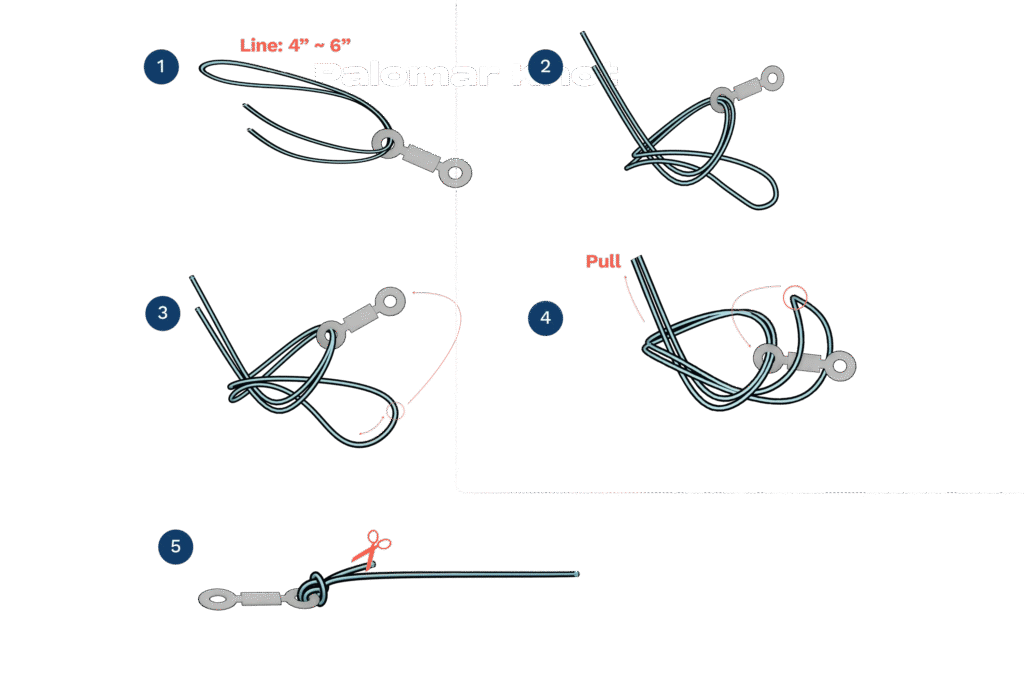
3. The Uni Knot (a.k.a. Duncan Knot)
The Uni Knot is versatile, strong, and works with monofilament, fluorocarbon, and braided lines. It’s also useful for connecting two lines (when tied as a Double Uni Knot).
Best For: Hooks, swivels, leaders, and connecting lines.
Not Ideal For: Very thick lines where it becomes bulky.
How to Tie It:
- Pass the line through the hook’s eye and double back, forming a loop.
- Wrap the tag end around both lines and through the loop 5–7 times.
- Moisten and pull the tag end to snug the coils.
- Slide the knot down to the eye.
Pro Tip: The Uni Knot is an all-purpose knot—you can practically fish an entire season using only this knot.
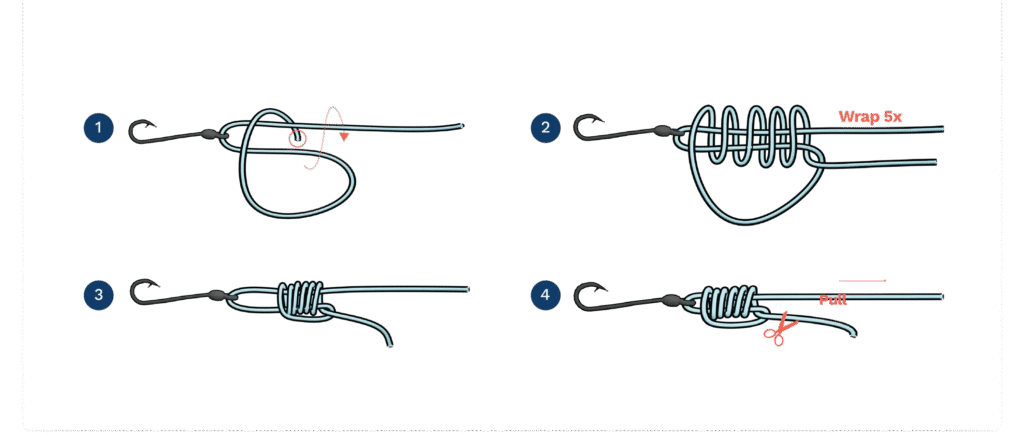
4. The Double Uni Knot
When you need to join two lines of similar or different diameters, the Double Uni Knot is your best friend. It’s easy to tie and works well with both monofilament and braided lines.
Best For: Joining lines of different types or strengths.
Not Ideal For: Extremely large diameter differences.
How to Tie It:
- Overlap the two lines about 6 inches.
- With the first line, tie a Uni Knot around the second line.
- Repeat with the second line, tying a Uni Knot around the first line.
- Moisten and pull both standing lines to slide the knots together.
Pro Tip: Perfect for saltwater anglers who often use braided mainline with a fluorocarbon leader.

5. The Loop Knot (Non-Slip Mono Loop)
The Loop Knot allows your lure or bait to move freely, giving it a more natural action in the water. It’s particularly effective when fishing with crankbaits, jigs, or topwater lures.
Best For: Lures that need maximum movement.
Not Ideal For: Situations requiring absolute tightness against the eye.
How to Tie It:
- Make an overhand knot in the line about 10 inches from the tag end.
- Pass the tag end through the lure’s eye and then back through the overhand knot.
- Wrap the tag end around the standing line 3–5 times.
- Bring the tag end back through the overhand knot.
- Moisten and tighten.
Pro Tip: This knot is a favorite among fly anglers and saltwater fishermen who want lifelike bait action.

6. The Surgeon’s Knot
The Surgeon’s Knot is fast and easy to tie, making it great for joining two lines of similar diameter. It’s especially useful when connecting a leader to your mainline.
Best For: Quick line-to-line connections.
Not Ideal For: Large diameter differences.
How to Tie It:
- Overlap the two lines.
- Tie a simple overhand knot, passing both lines through the loop.
- Pass both lines through the loop again.
- Moisten and pull all ends to tighten.
Pro Tip: Though bulkier than the Double Uni, it’s much faster to tie on the water.
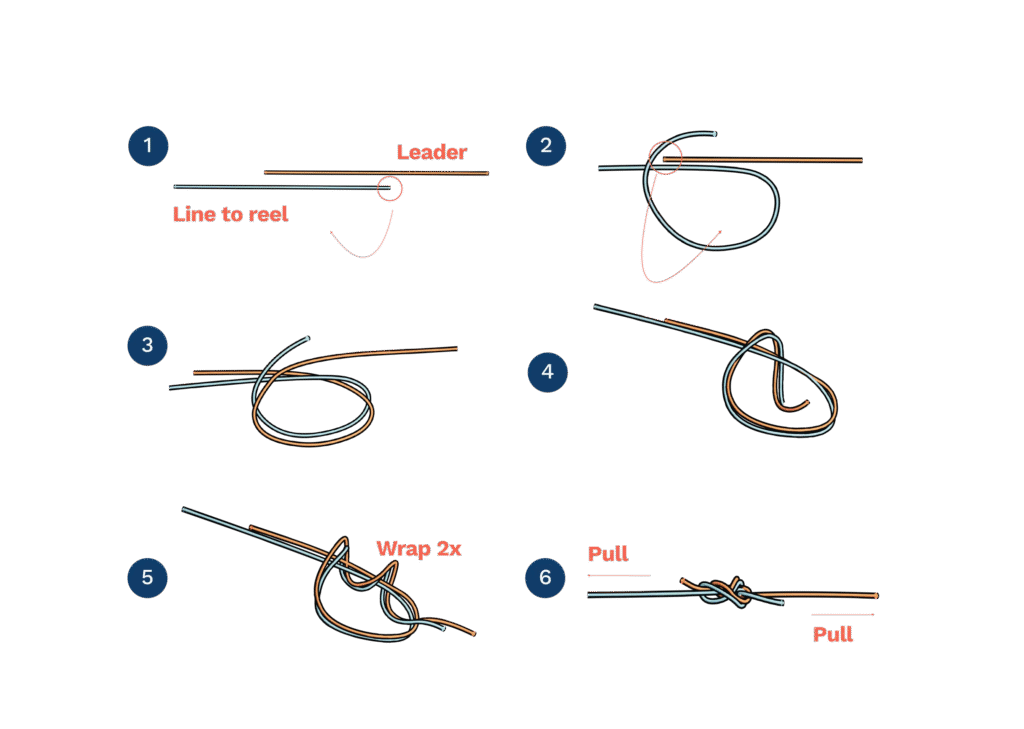
7. The Blood Knot
The Blood Knot is a classic fly-fishing knot used to connect two pieces of monofilament line. It’s sleek, strong, and passes through rod guides easily.
Best For: Fly fishing, tapered leaders, and smooth line connections.
Not Ideal For: Braided lines.
How to Tie It:
- Overlap the ends of the two lines.
- Wrap one tag end around the other line 5–7 times and pass it back through the middle.
- Repeat with the other tag end, wrapping in the opposite direction.
- Moisten and pull tight.
Pro Tip: Trim tag ends close to the knot for a smooth finish.

8. The Albright Knot
The Albright Knot is excellent for joining lines of very different diameters, such as braided mainline to a heavy monofilament leader.
Best For: Saltwater fishing, shock leaders, fly line to backing.
Not Ideal For: Quick tie situations (takes practice).
How to Tie It:
- Make a loop in the heavier line.
- Pass the lighter line through the loop.
- Wrap the lighter line around itself and both strands of the loop 10–12 times.
- Pass it back through the loop and tighten.
Pro Tip: Adding a drop of super glue can improve knot security when targeting big game fish.

9. The Snell Knot
The Snell Knot provides one of the strongest hook-to-line connections, especially useful for circle hooks and live bait fishing.
Best For: Bait hooks, catfish, and saltwater rigs.
Not Ideal For: Lures requiring free movement.
How to Tie It:
- Pass the line through the hook’s eye and down the shank.
- Form a loop against the shank.
- Wrap the tag end around the shank and loop 7–8 times.
- Pull tight to secure.
Pro Tip: Snell knots align the hook for maximum penetration—ideal for catch-and-release.
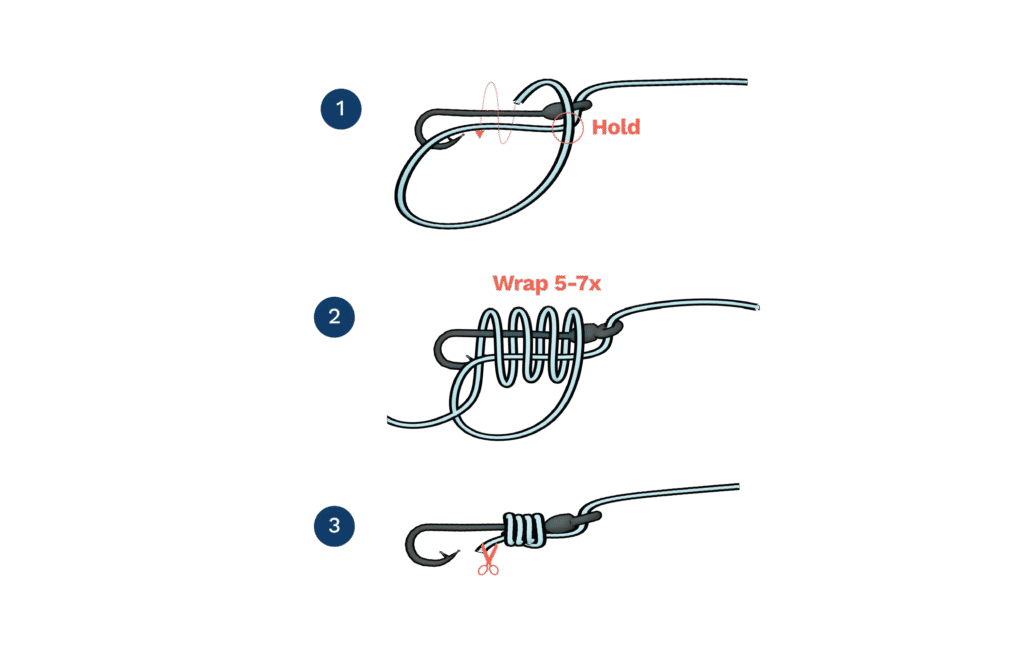
10. The FG Knot
The FG Knot is considered the ultimate knot for connecting braided mainline to a fluorocarbon leader. It’s slim, strong, and casts through guides smoothly.
Best For: Braided to fluorocarbon connections.
Not Ideal For: Beginners (takes practice).
How to Tie It:
- Hold the leader under tension.
- Wrap the braid around the leader in alternating half-hitches.
- Continue until you have 20+ wraps.
- Lock with finishing knots and trim.
Pro Tip: Though tricky to learn, the FG Knot is unmatched in strength-to-diameter ratio.
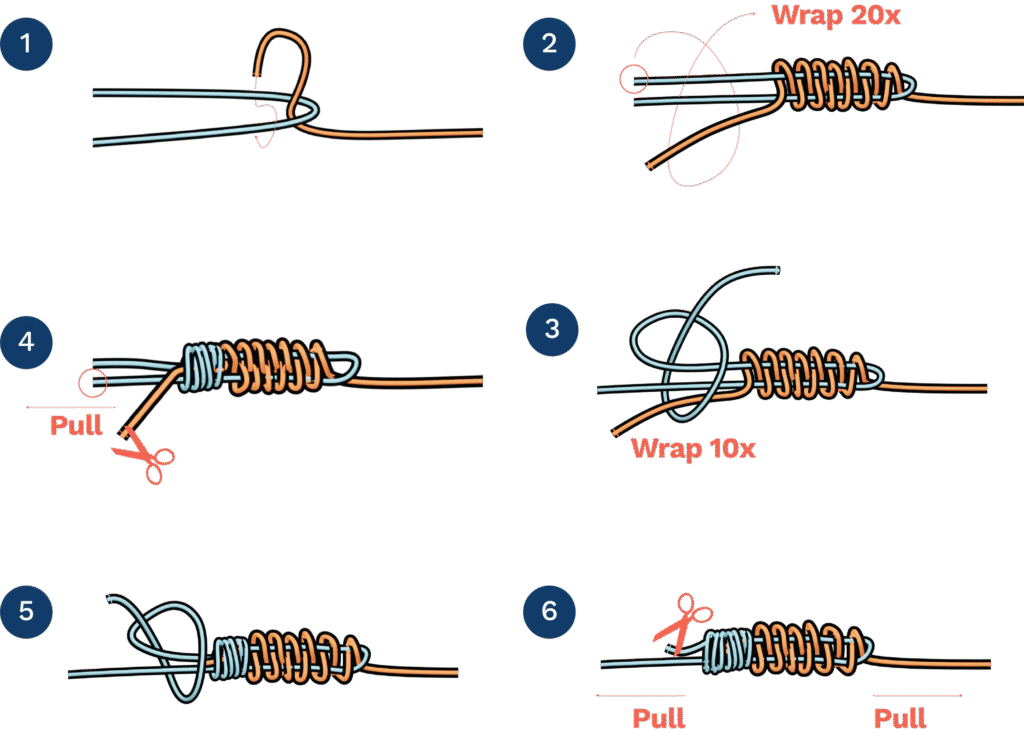
How to Practice Fishing Knots at Home
- Use paracord or shoelaces to practice before trying with thin fishing line.
- Watch tutorials and tie each knot slowly, step by step.
- Practice in low-light conditions—you’ll often be tying knots early in the morning or late in the evening while fishing.
Common Mistakes When Tying Fishing Knots
- Not wetting the line – Causes friction and weakens the knot.
- Too few wraps – Reduces holding strength.
- Cutting tag ends too short – Risk of slippage.
- Using the wrong knot for the job – Not all knots are universal.
Final Thoughts
Fishing knots may seem like small details, but they are the foundation of every successful fishing trip. Mastering the Top 10 Fishing Knots Every Angler Must Know—from the trusty Improved Clinch Knot to the advanced FG Knot—will give you confidence, efficiency, and an edge every time you hit the water.
Remember, the strongest knot isn’t always the most complicated; it’s the one you can tie quickly, correctly, and confidently under pressure.
So grab some line, practice at home, and commit these knots to memory. The next time you hook into a monster fish, you’ll be glad you did.




